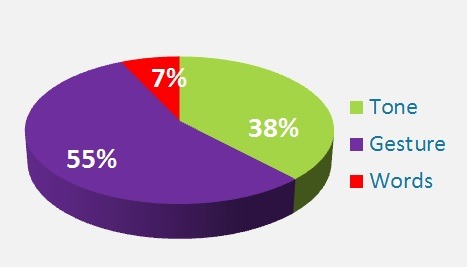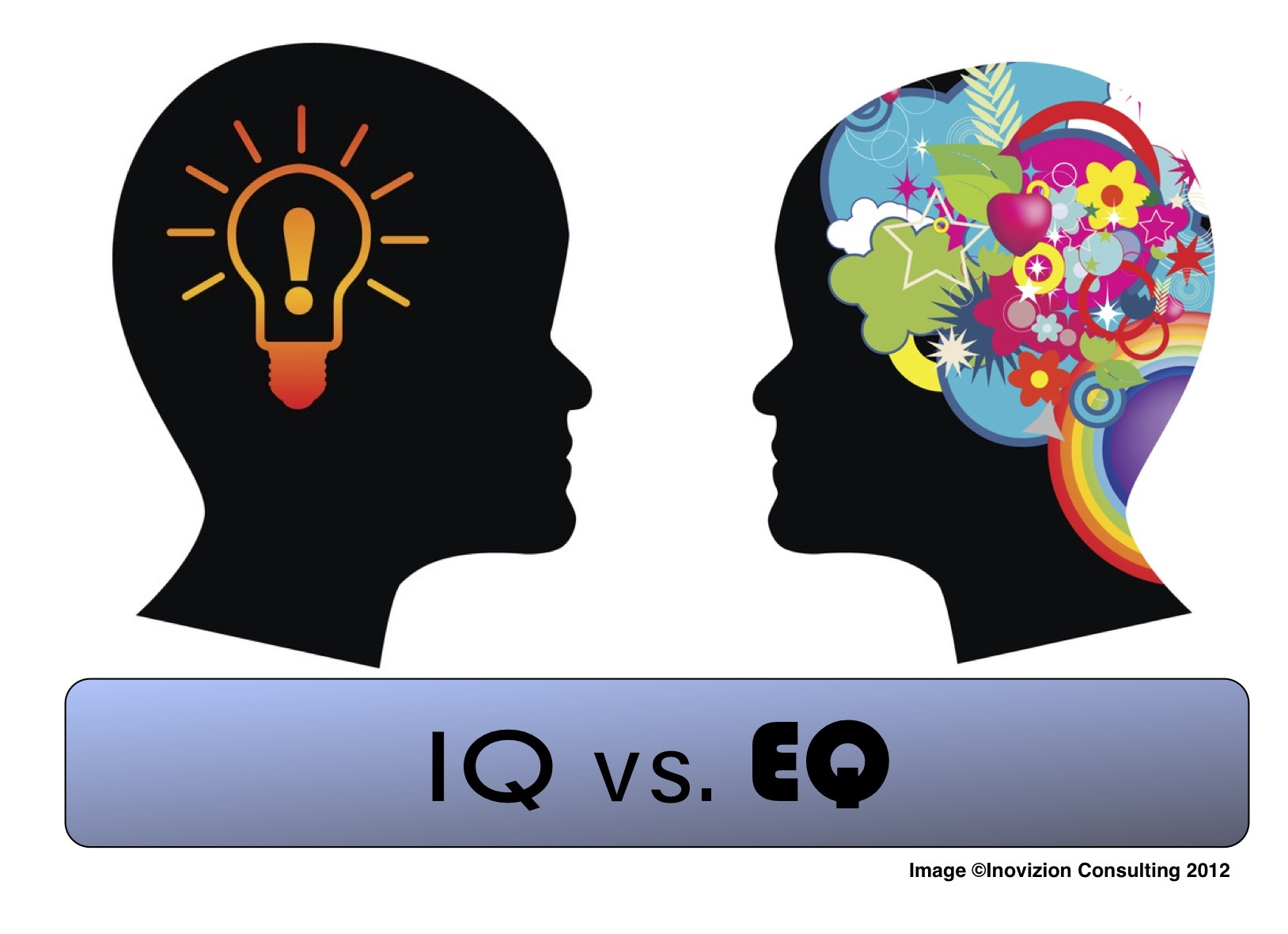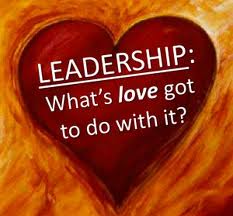 What kind of leader are you? Are you loved or feared?
What kind of leader are you? Are you loved or feared?
There are many different kinds of leadership styles, but the one that is most detrimental is leading out of fear. Sometimes when leaders are afraid they express it through the way they lead their employees. This can make you aggressive and feel like you are in control, but in reality you are not.
According to Laurie K. Cure, PhD, author of the book “Leading Without Fear”, there are three main reasons that leaders resort to spreading fear:
1-Need to establish a sense of urgency. It may seem that instilling fear in your workforce and team members may be the most effective and fastest way to create a sense of urgency, which does work in the short-term. But, it can create mistrust and cynicism, which can lead to diminished morale.
2-Don’t know of any other way. Frequently new entrepreneur leaders reach a point where they become desperate when dealing with others and hope that they can scare, shame, or anger people into changing their behavior or creating desired results.
3-Engulfed in the flames of their own fear. Sometimes leaders may use fear simply because they are afraid and are incapable of hiding it. It takes great skill and discipline not to project your fear onto others. Leaders can become blind to how they may be utilizing fear in their leadership, whether it is caused by the fear for their security, self-esteem, sense of affiliation, etc.
Leading with fear has devastating consequences which appear when you look at the long run effects. Here are some of the consequences or negative effects that can happen:
◐ Lack of shared vision and not everyone is on the same page.
◐ Not reaching full potential.
◐ Deficiency of full engagement from employees and loss of productivity.
◐ High turnover rates.
◐ The team may stay in “safe” positions, giving competitors an advantage.
◐ The stifling of creativity, innovation, and change.
◐ The limitation of rational discussions of alternatives, which can lead to poor decisions or lack of action.
◐ Creates mistrust and suspicion of the leader.
◐ Changes the focus of the company from the customers to internal survival.
If you find that you are leading with fear or have been told that your leadership style is too aggressive, there are ways that you can reduce your fear or at least keep it in check so that you can avoid the terrible consequences. Here are some suggestions:
◐ Increase your own self-awareness. This is basically your ability to know yourself, your personality, your drives, your motives, and your fears. By identifying these things you will become more aware of how you deal with things or act/react in different situations. Why do you do the things that you do? Becoming more aware of yourself will allow you to grow, learn, and become empowered. Self-awareness entails an ongoing practice that becomes a lifestyle.
◐ Be clear on all your goals and have regular communication with your team. This will allow for everyone to be on the same page and work towards common goals. Have a clear vision so that when it comes to decision making, you and your team can ask “how does this help us achieve our vision?” This will open up conversations to new ideas, new opportunities, better communication, constructive feedback, and reinforcement of strong ethics. This will also increase the team’s ability to identify risks and will avoid anyone from feeling dissatisfied, torn, or afraid.
◐ Focus more on the positive side of risk. In most cases, you will not be able to eliminate risk, but you may be able to reduce it. And you will have a better outlook if you stop concentrating on everything that could go wrong and focus on the success and rewards that you and your team will be able to celebrate once the obstacles are surpassed; anticipate the good instead of dreading the bad.
If these things are hard for you to practice all at once, just think, if you’re going to be afraid, be afraid of never accomplishing your goals or mission. That thought will give you courage, which will allow you to confront your fears. Courage is not the absence of fear, but the ability to overcome it. Courage has a destination; it looks ahead, not back.
So, what are you afraid of not accomplishing at work or in life if you let fear hold you back from reaching them? Join the discussion on Facebook and Google Plus.



 Delegating tasks is one of the main responsibility of a manager – it seems so easy on theory and so useful to have someone help you do the things you need to accomplish.
Delegating tasks is one of the main responsibility of a manager – it seems so easy on theory and so useful to have someone help you do the things you need to accomplish.


















